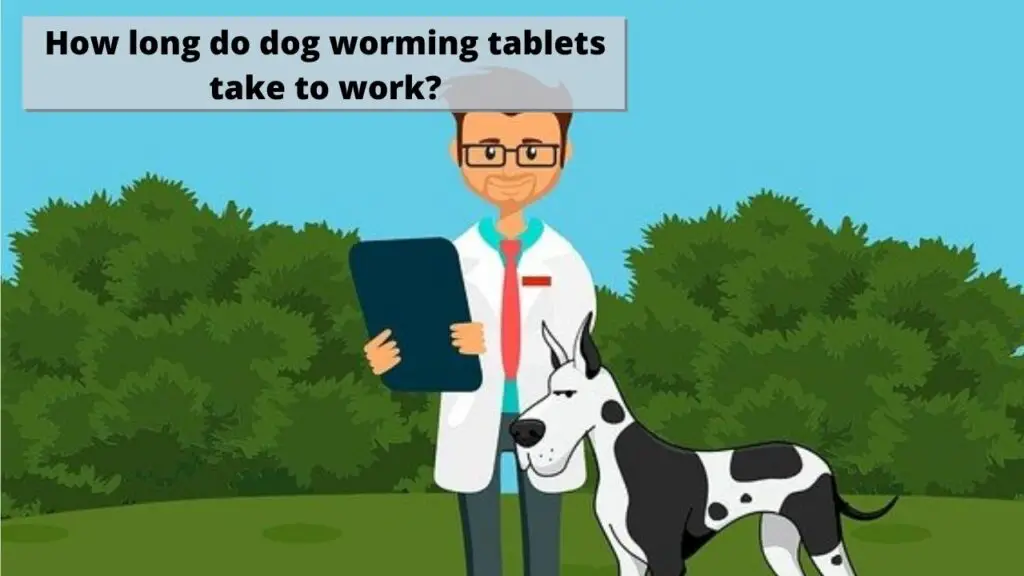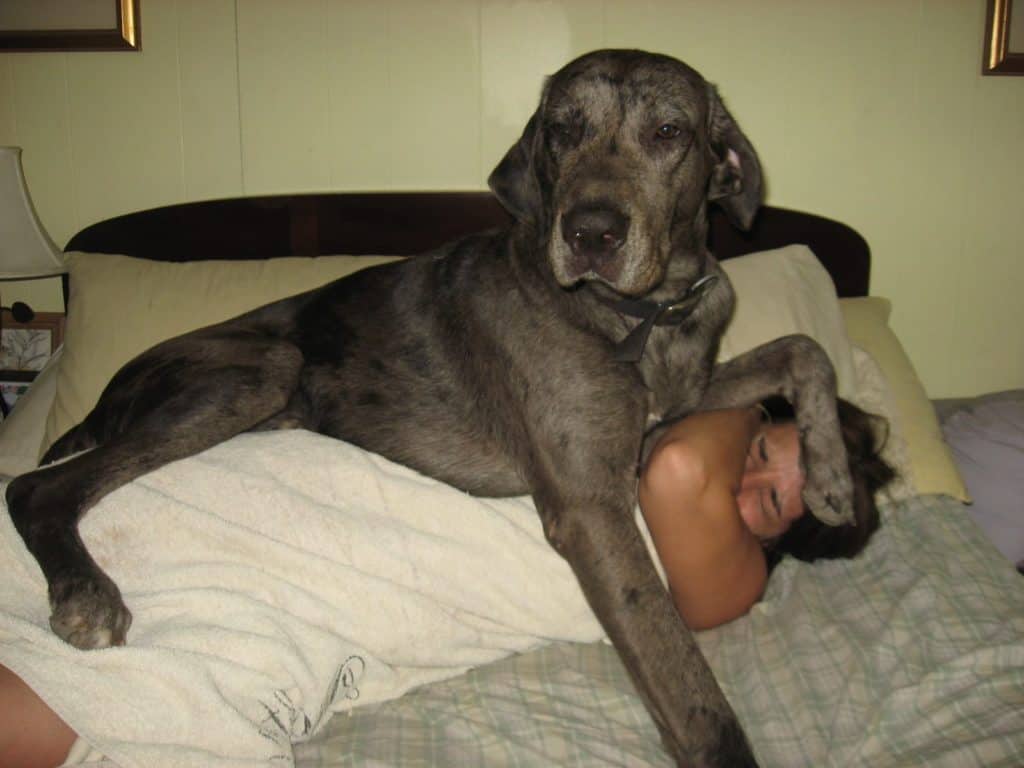
Worms can be a real problem for dogs and owners. Not only can they get everywhere in your home, but if left untreated, they can also cause real harm to your dog and even prove fatal! But thankfully, regular worming prevents many of the problems associated with worms and fleas.
But, how long do dog worming tablets take to work? What happens as dog worming work and what other treatment options are there? In this article, we explore how well dog worming tablets can work, as well as what happens when you use them.
How long does it take for worms to leave a dog after deworming?
As soon as you manage to get that pill down your pooch’s throat, the treatment will get to work quickly. Just 2 hours after deworming your dog, intestinal worms will begin to be killed, with other worms following shortly after. Your dog may even begin to pass killed worms, though some deworming treatments instead break up and destroy worms.
How do you know if a dewormer is working?
As we touched upon, the main, most obvious sign that a deworming treatment is working on your dog is that your dog obviously excretes dead worms. These worms are usually white in color, and look much like grains of rice.
But some dewormer treatments destroy or break down any worms infesting your pooch. So, in this case, signs of the treatment working will be less obvious.
As the worms are killed, you may notice your dog is happy and has more energy. They may want to play or walk more. Your dog may also put on some weight, now that worms aren’t stealing the nutrition from their food.
If your dog has been scooting – rubbing their bottom against carpets, grass, or concrete – this behavior should stop or decrease unless your dog needs a haircut. Your pooch’s stools should become more solid and healthy, too!
How long does it take for dog worms to go away?
A few weeks after treatment, all worms and eggs present in your dog’s body will have been eradicated and excreted. This process generally takes two weeks max. But these aren’t the only worms you need to get rid of.
Worms and their eggs are also live in your pooch’s feces. So, if you have a yard or use an outdoor off-leash area, you’ll need to promptly remove and securely dispose of your dog’s poop. Bag up poop promptly during walks, too.
To prevent your dog from getting re-infested with worms, you’ll also need to wash your pooch’s bedding carefully. After you worm your dog, wash their blankets, any soft toys, and leashes on a warm wash. You’ll need to use water heated to at least 145°F to kill any eggs and worms present.
Wash soft items such as cushions and covers in areas your pooch frequents in a similar way. It’s also a good idea to vacuum any carpets you have. Use a strong suction setting, though be careful not to damage the carpet.
Many dogs contract worms through host parasites like fleas, especially tapeworms. If you find your dog has fleas, be sure to bathe them thoroughly.
When is the best time to give your dog dewormer?
Depending on their dog’s lifestyle, many owners like to worm their dog regularly, around every three months or so. Regular worming gives a dog general protection against worms they might have, even if they’re not showing any symptoms.
Some dogs need to be wormed more often than this since they spend more time around dogs, cats, and other animals that could infect them. Farmyard dogs, for example, may need more frequent worming.
However, worming your dog too often for no reason can wipe out your pooch’s healthy gut bacteria. So, get in touch with your vet to put together the appropriate worming schedule for your particular dog. Tell your vet about your dog’s lifestyle and health and they will recommend the best options.
What other worming options are there?
Sure, you can give your dog worming tablets every time you need to worm them. After all, it’s fairly convenient to cut up the tablet and get a precise dosage. But you have to admit, it can be tedious to get picky dogs to eat the tablet! In fact, the problem is so notorious that some brands have started making dog treats designed specifically to put worming tablets into.
So, what are your other options? Well, first of all, there are spot-on flea treatments. These treatments are significantly easier to administer to your dog – simply squirt the pipette onto your pooch’s back, at the base of their neck.
Spot-on flea treatments are a great option for dogs both young and old with limited chewing capacity or digestive problems. But, spot-on treatments can be less effective in dogs with thin coats or sensitive skin.
Your vet may also offer palatable worming tablets that your pooch will have no problem wanting to eat.
To prevent your dog from picking up ticks and fleas that cause worm infestations in the first place, you can also use a flea collar. These collars not only emit a scent that repels fleas, ticks, and other pests, they also continually kill all fleas and eggs present on your dog’s coat and skin. Two wins in one!
Recommended worming tablets
- PetArmor 7 Way De-Wormer (Pyrantel Pamoate and Praziquantel) for Dogs
- Triple Medium and Large Dog Wormer
How can I prevent worms in future?
Dogs are naturally curious animals who follow their nose, even when it leads to dirty places. Plus, with other animals like cats carrying worms too, it’s no surprise that most dogs get worms at some point in their life. Thankfully, if you don’t want your dog to get worms again, prevention is simple.
One way to prevent your dog getting worms is through better training, like training your dog not to sniff rubbish or feces at the park. You can also avoid more dirty areas when you go on walks.
Don’t let your dog get too close to other unknown dogs and other animals, either.


